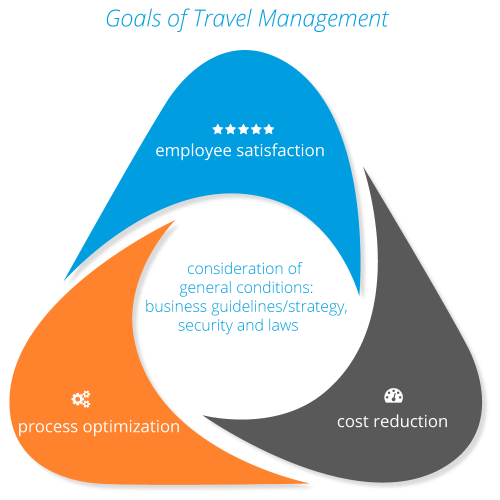Business travel spending has grown at an average rate of 4.8 percent over the past four years. Western Europe and Northern America combined to make up half of the global spend in 2015 ($619 billion according to GBTA). Emerging markets struggled while key developed markets including the U.S., Germany, France and UK were steady.
In times of increasing virtualization, it is a little surprising that business travel still has a right to exist at all. After all, the e-mail has become the standard means of communication in the business environment a long time ago. And if a personal conversation should really be necessary, a virtual meeting can be organized using one of the numerous web technologies on the market – which is certainly better for the environment.
Nevertheless, the Global Business Travel Association continues to see business travel as an important element of the business world and the related face-to-face communication as one of the most significant drivers for business contacts. The Foundation found that the average ROI for business travel is 20-to-1. So for every dollar spent on business travel, U.S. companies have historically seen a $20 increase in profit. What is your opinion? I agree to a significant extent because personal encounters are essential to build good business relationships and mutual understanding. New technologies cannot replace the personal contact with customers as well as in internal and external projects. While we can virtualize day-to-day operations and optimize time-to-market by working on the same project over different time zones (the next person builds on accomplishments of the previous person on the other side of the globe), regular face-to-face meetings are essential.
IT meets travel management objectives
Thus, in our digital age the focus should not lie on the reduction of traveling, but on its optimization. Many companies have already recognized this and established their mobility and travel management as a separate area of responsibility. In essence, travel management of any company pursues three closely linked objectives which should be pursued in accordance with the respective conditions:
As in many other company areas, IT plays a crucial role at this point. Only the best IT solutions make it possible to map the described objectives of travel management, to optimize them and to implement existing potential. Especially for companies with a high volume of business travel, it’s worth to take a look at flexible solutions which can be geared to individual needs in addition to the standard tools.
VDR Business Travel Report 2016
Let’s have a quick look at some German market figures: According to the Business Travel Report 2016 published by the Association of German Travel Management (VDR), the expenditures of German companies for business travel amounted to €50.9 billion last year. Compared to 2015, that is an increase of 3.4 percent. Nevertheless face-to-face communication is an important element of the business world: the interviewed business travelers reported that personal meetings increase the conversion rate of contracts by an average of 46 percent.
Picture credit: Shutterstock





